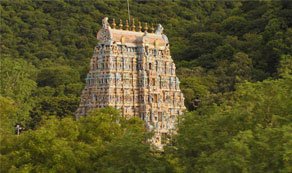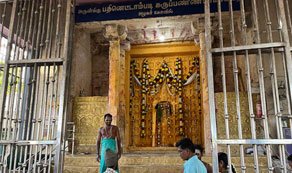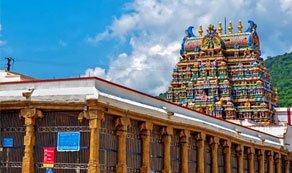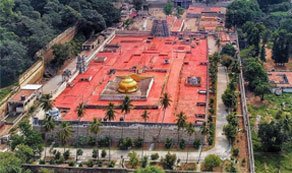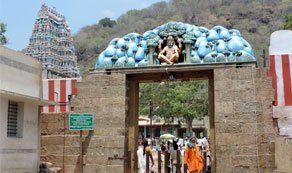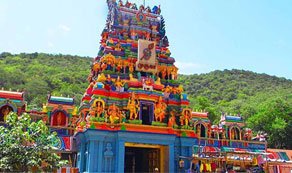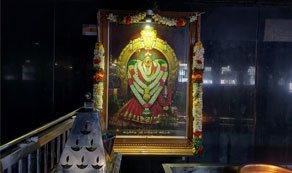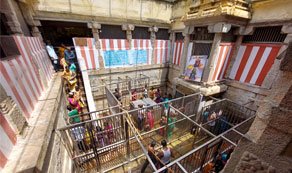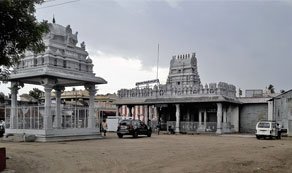Alagar Kovil
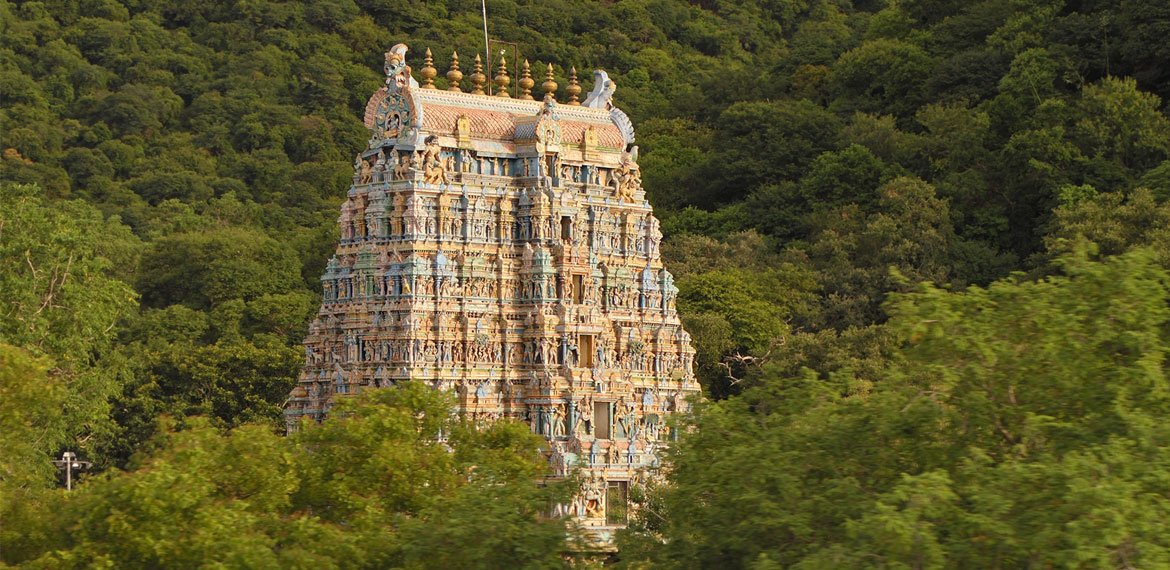
Here's a brief history and some special features of Alagar Kovil:
Alaghar Temple is one of the 108 Vaishnava Divvyadeshas. It is the place where Mangalasasana was performed by the Alwars. Once every three years, it is customary to visit Sundararajaperumal for the Moolah. The Madurai Chitrait Festival is very popular. The important events are the descent into the Vaigai River and Eteshevai.
History :
This temple has tiruppanis from the reigns of Pandya kings, Vijayanagara kings, and Madurai Nayaka kings. Temple Art Specialties The Somachanda Vimana erected on the sanctum sanctorum of the temple is circular in shape. There is an incomplete Raja Gopuram. Madurai Meenakshi Amman's statue's secret and amazing features of the temple The Vasantha Mandapam has beautiful paintings depicting scenes from the Ramayana and Mahabharata. The temple is surrounded by the Iranian forts known as the inner and outer forts and the Alaghapuri fort. As the guardian deity of the temple, the 18th Gopuram in Karuppasamy Sannidhi is rich in sculptures. The Rajagopuram was started by King Tirumala and remains unfinished. Even in their dilapidated state, the carvings of this gopuram reveal the exquisite chiselling of the sculptors.
Ancient Roots:
The temple's origins trace back to ancient times, with references to it found in Tamil literature dating back over two millennia.
Legends:
According to Hindu mythology, Lord Vishnu appeared as Alagar (also spelled Azhagar) to attend the celestial wedding of Goddess Meenakshi (a form of Parvati) with Lord Sundareswarar (a form of Shiva) in Madurai. He arrived late due to the playful trickery of the divine, and upon his arrival, he decided to stay in the surrounding hills. Hence, the temple was built in his honor.
Historical Significance:
AlagarKovil has been patronized by various dynasties throughout history, including the Pandya, Chola, and Vijayanagara empires. Their contributions have enriched the temple's architecture and religious practices.
Special Features:
Architecture:
The temple showcases a blend of Dravidian and Vijayanagara architectural styles. The intricate carvings, towering gopurams (gateway towers), and pillared halls are remarkable examples of South Indian temple architecture
Alagar Hills:
The temple's location atop the Alagar Hills provides breathtaking panoramic views of the surrounding landscapes. Devotees often undertake a pilgrimage to the temple, ascending the hills to seek the blessings of Lord Alagar.
Chithirai Festival:
The annual Chithirai Festival is the most significant event at AlagarKovil. It commemorates the divine marriage of Goddess Meenakshi with Lord Sundareswarar. During this festival, Lord Alagar is carried in a grand procession from AlagarKovil to Madurai, where he is believed to give away his sister, Goddess Meenakshi, in marriage. This procession attracts thousands of devotees and is a spectacular display of devotion and cultural fervor.
Temple Tank:
The temple complex includes a sacred tank known as AlagappanThirtham. It is believed that taking a dip in this tank cleanses one of sins and brings prosperity.
Idols and Sanctums:
The primary deity of the temple is Lord Alagar, represented in a reclining posture known as AnantaSayanam. There are also shrines dedicated to Goddess Mahalakshmi and other deities within the temple complex.
Spiritual Significance:
Devotees visit AlagarKovil seeking blessings for prosperity, fertility, and marital harmony. The temple holds a special place in the hearts of the local community and devotees from across the country.



